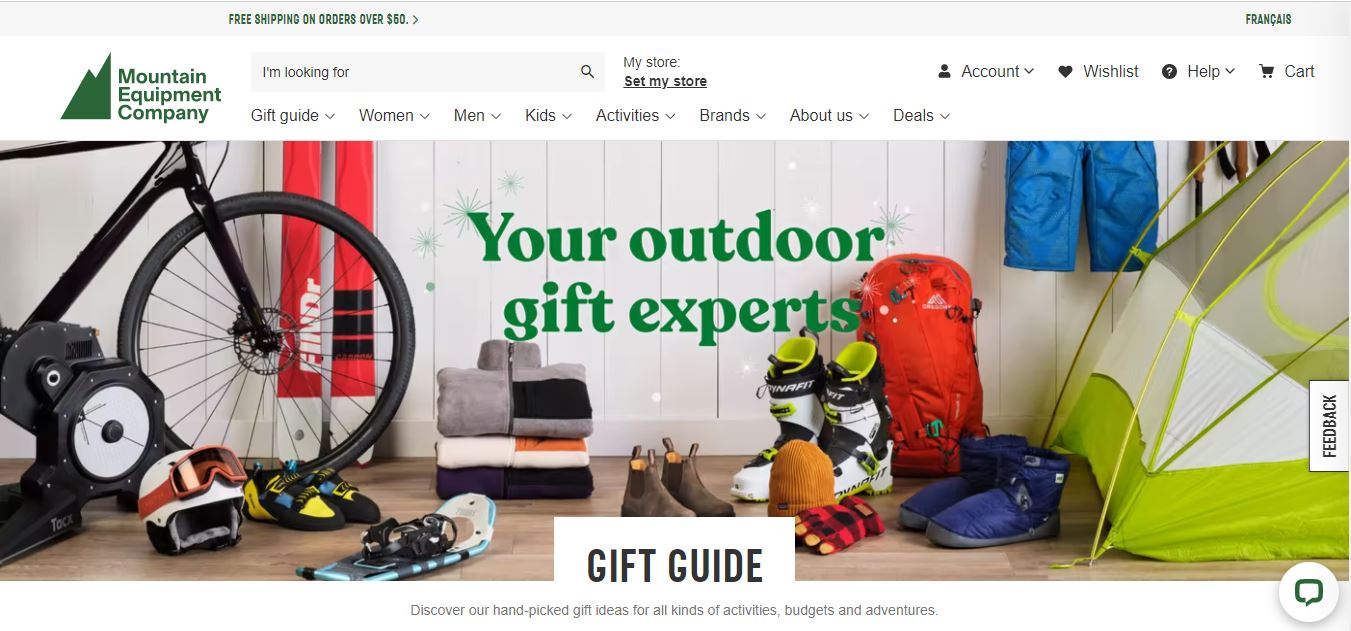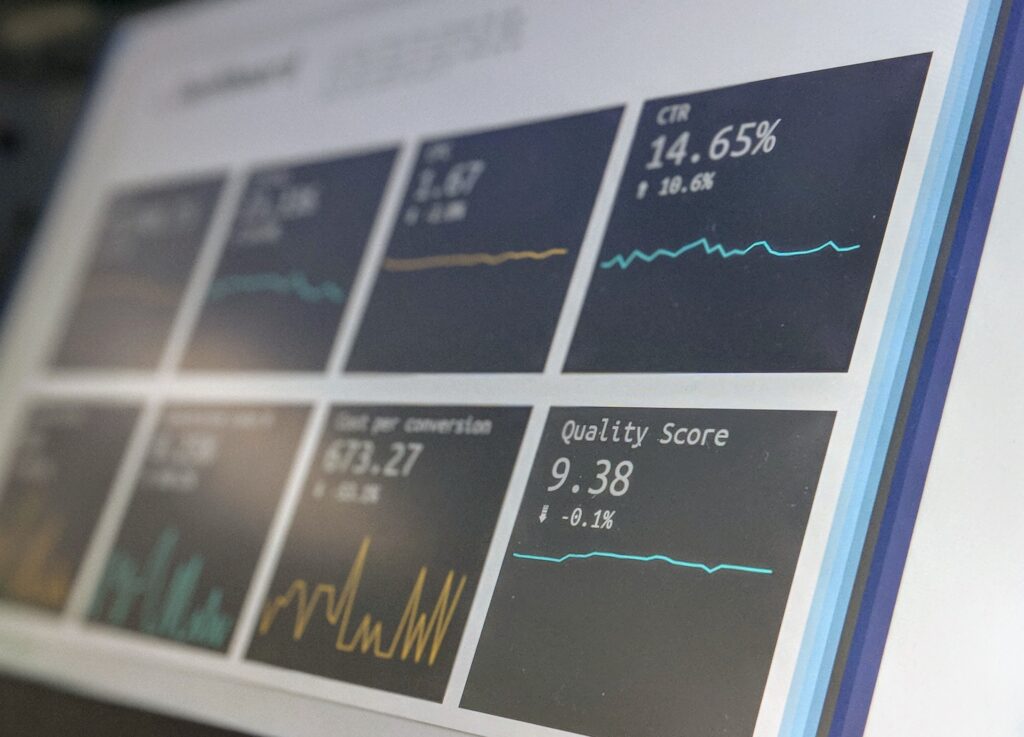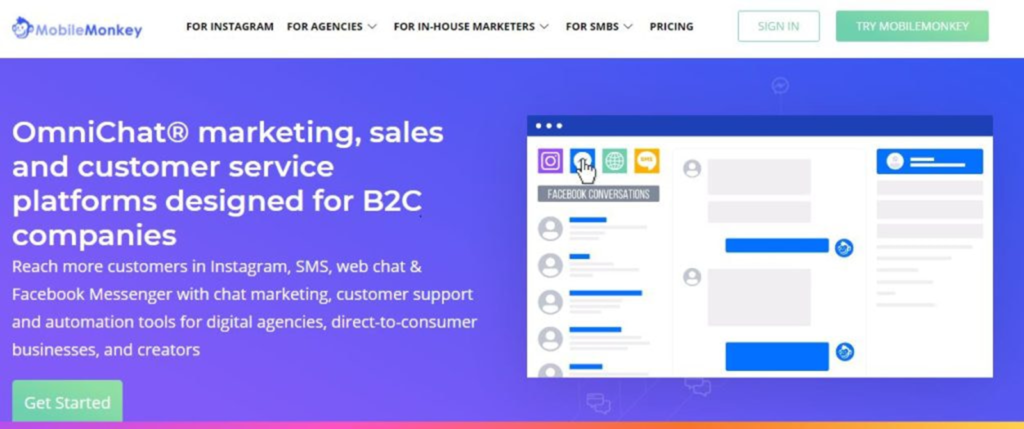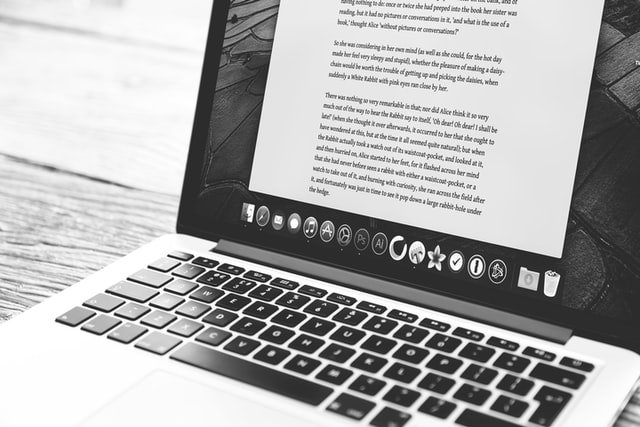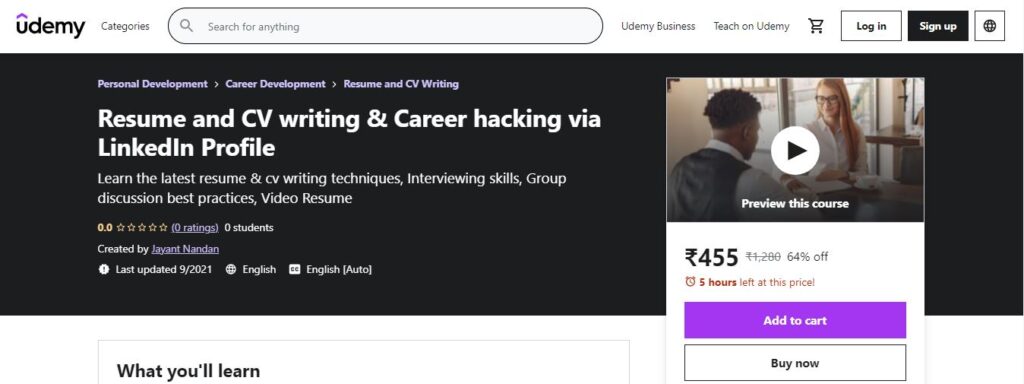The answer to these questions is not just important to justify the ROIs of clients, but also the key to making future decisions on creating impactful digital campaigns.
That’s why the role of social media analytics has become paramount for successful social media marketing. To accurately measure the reach, impact, and even futuristic potential of social media marketing, having a solid, robust social media analytical framework is a must.
By paying close attention to social media analytics, we can measure our performance against our social media goals and make strategy amendments.
Social media analytics tools, competitor analytics tools, social media tracking tools, social media metrics tools, are just some variations in this cluster that users can take up.
From planning and scheduling social media content to measuring their performance and enabling informed decision-making, social media analytics tools give users control over their social media footprints.
This social media analytics provides social media reports according to their analytics which helps users to attract or create traffic on their social media or website platform.
Facebook Insights
Facebook offers an insightful glance at organic versus paid reach and engagement, which is a free social media analytics tool that helps users decide whether spending on ads is worthwhile.
- Facebook’s analytics displays detailed metrics about your posts and the engagement they yield.
- It provides audience analysis including demographic and location breakdown, video views, actions taken on your page and the reach of your posts.
- You will need at least 30 fans to be able to use the tool as an Admin.
The main work of Facebook Insights is to measure the traffic and their want and dislikes. Facebook Insight provides a report on social media analytic based on their analytics.
They use campaigns also to get more relevant data. So these are the goals that Facebook Insights had to help many companies, organizations, and people to know the choice of people so they can do their marketing to make sales.
Twitter Analytics
Twitter’s built-in analytics tell you a lot about which tweets are succeeding and to what end and extent.
Your number of tweets, tweet impressions, visits to your profile, mentions, and followers are all tracked in the Twitter analytics dashboard.
Pinterest Analytics
Pinterest’s analytics measures the traffic that your site gets, as well as traffic from other channels.
Pinterest analytics also provide data as content people save from channels. Some analytics covered include average daily impressions and viewers, audience location, gender, language, the total number of repining, total number of clicks, and total likes.
They use measuring campaigns and tracking conversations to make powerful social media analytics reports. so these are the main goals of these social media analytics tools to do research for making a marketing platform for entrepreneurs.
Instagram Insights
Instagram’s analytics give you access to a host of social analytical data like interactions (profile visits and website clicks), discovery (reach and impressions), posts, Story, promotion analytics, location, age, and gender info of your followers.
Instagram is today one of the best tools to use for social media analytics. Instagram also provides a distinctive feature where you can see what days and times, your audience traffic.
Instagram follows the trend that is the reason it is trended social media network. The main work of Instagram Insights is to measure the types of users and provide the data.
You tube Analytics
Youtube analytics is the most comprehensive out there, and using them can help you maximize your earnings, engagement, enhance traffic sources with content sorting filters, geographical sorting, and a host of other filters to pick and choose.
You also get audience retention reports that show how style, length, and promotion efforts affect your videos.
YouTube is one of the most amazing and noteworthy places to attract marketing for your business. It is the second most popular media platform and search engine with 2 billion monthly active users. Maximize YouTube to promote your business.
To get started with YouTube analytics tools, you’ve got to understand how to get analytics on YouTube. Most people are not familiar with the fact that functions like YouTube analytics can be accessed on YouTube. Before diving into the top 10 YouTube analytics tools that can help in managing your YouTube channel, here’s how to get them straight from YouTube.
Step one: Click on your profile picture at the corner of your YouTube page
Step two: Select YouTube Studio, which is the third option there
Step three: A new page pops out showing your YouTube Studio dashboard. Check out the left-hand side, you will see “analytics” as one of the options on the dashboard.
LinkedIn Analytics
LinkedIn’s social media analytics are very distinctive and basically offer data about visitors, page updates, and followers as well as visitor demographics that revolve around job functions.
It provides critical information that social media managers, marketers, and content creators can use to improve their performance, learn about their audience, and track their progress against key goals.
LinkedIn analytics can help you measure:
- The number of users who saw your content posted on LinkedIn
- Demographic information about the users who follow you and visit your page
- The number of times your content was liked and shared
- Engagement with your career page
A LinkedIn analytics dashboard or report gives you a few benefits:
- Display your LinkedIn data in one place alongside your other marketing data
- Update whenever new data becomes available
- Connects to other metrics from services such as Google Analytics
- Allows you to share LinkedIn data with stakeholders who may not have access to or knowledge of the platform
Radian6
Radian6 is an online reputation management tool. It monitors brand mentions across social media platforms.
It takes the entire buzz over the web and filters it, which eases the task of analyzing. This is one of the paid and famous social media analytic.
They use measuring campaigns and also tracking conversations to make a powerful report based on social media analytics.
Social listening platforms like Radian6 search social media for keywords you provide. This list of keywords is super important to get right.
For most marketers, it can take some time to refine the keyword set to ensure that much of the results found are actually relevant and not off-topic. You can also connect competitor pages and profiles to enable benchmarking and competitor analysis.
Hootsuite
Hootsuite is an all-in-one social media platform that allows you to post through a single dashboard and can create a custom targeted stream to view the relevant conversations.
Its additional feature allows adding multiple team members to work simultaneously. This is also a paid social media tool but also used by the business world largely. They use measuring campaigns and also tracking conversations to make a powerful report based on social media analytics.
SocioAdvocacy
SocioAdvocacy is an Employee Advocacy Tool that empowers the employees to share company marketing data in their personal social media circles and increase the reach of the post.
It comes with a gamification feature that keeps employees engaged in the advocacy program. Again, this also works like LinkedIn which helps to build social media network between the company and employees.
They use measuring campaigns and also tracking conversations to make a powerful report based on social media analytics. Any organization that is conducting community awareness activities related to the above points can be considered a social advocacy organization.
The objective of a social advocacy organization is to support the legal and natural rights of those who cannot defend themselves, as a means to achieving social justice.
SocialBakers
SocialBakers is social media analytics and publishing platform. It provides social media analytical data in comparison with the competition or industry data. It collates all your Twitter and Facebook advertising data and gives clear reports for the same.
This is one of the famous social media analytics tools because it provides data and data is very helpful for building social media networks. They use measuring campaigns and also tracking conversations to make a powerful reports based on social media analytics.
Measuring historical data is a given with most analytics tools, but with Socialbakers, you get advanced AI technology that can predict your performance in addition to powerful sentiment analytics, influencer analytics, ads analytics, and more.
Google Alerts
Google Alerts monitors millions of online sources and shows you all the relevant published content, making sure you don’t miss out on anything on the web and social media networks so this is also one of the important platforms for help in creating traffic.
An e-mail is received whenever a new update is found. What are Google Analytics custom alerts? The Google Analytics custom alerts feature in Google Analytics allows you to be alerted of unusual changes in your Google Analytics data by email. So these were the main goals of social media analytics tools to make marketing and creating traffic on their website and business.

